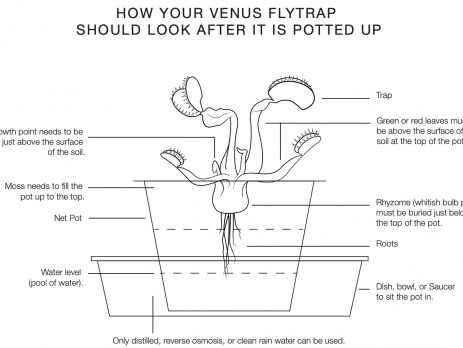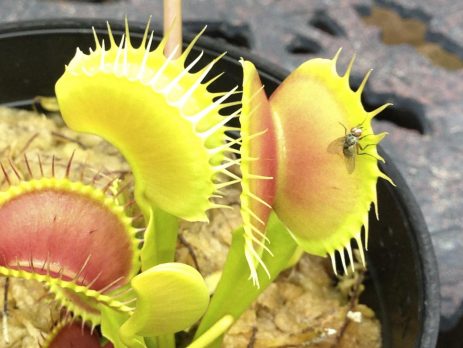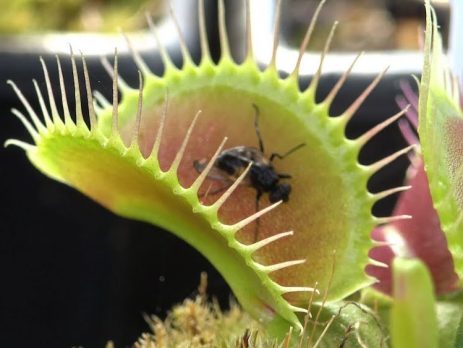All about Venus Flytrap dormancy
Venus Flytraps will go dormant based on the following triggers: cold temperatures, cooler nights in the 40's and low 50's, and a shortening photoperiod. The plants can sense that the months are shortening, even if the plant is warm all the time. It can still go dormant solely via a shortened photoperiod even without experiencing cooler temps. Mature plants must go dormant each year in order to survive after they're about 1-2 years old. Otherwise, they will die within a year...










